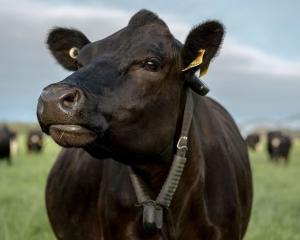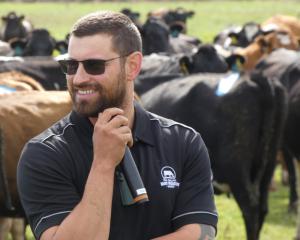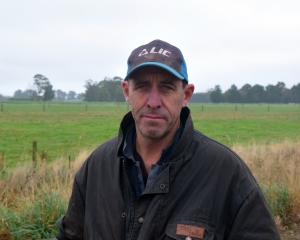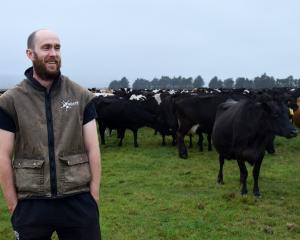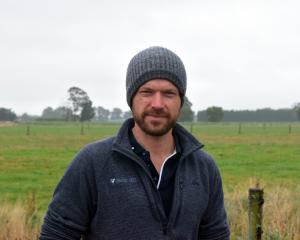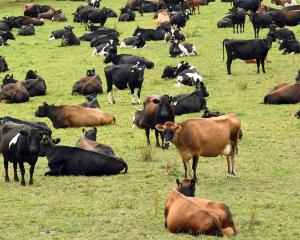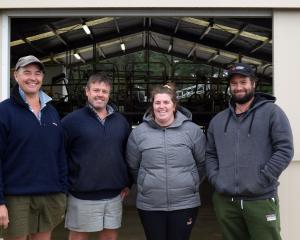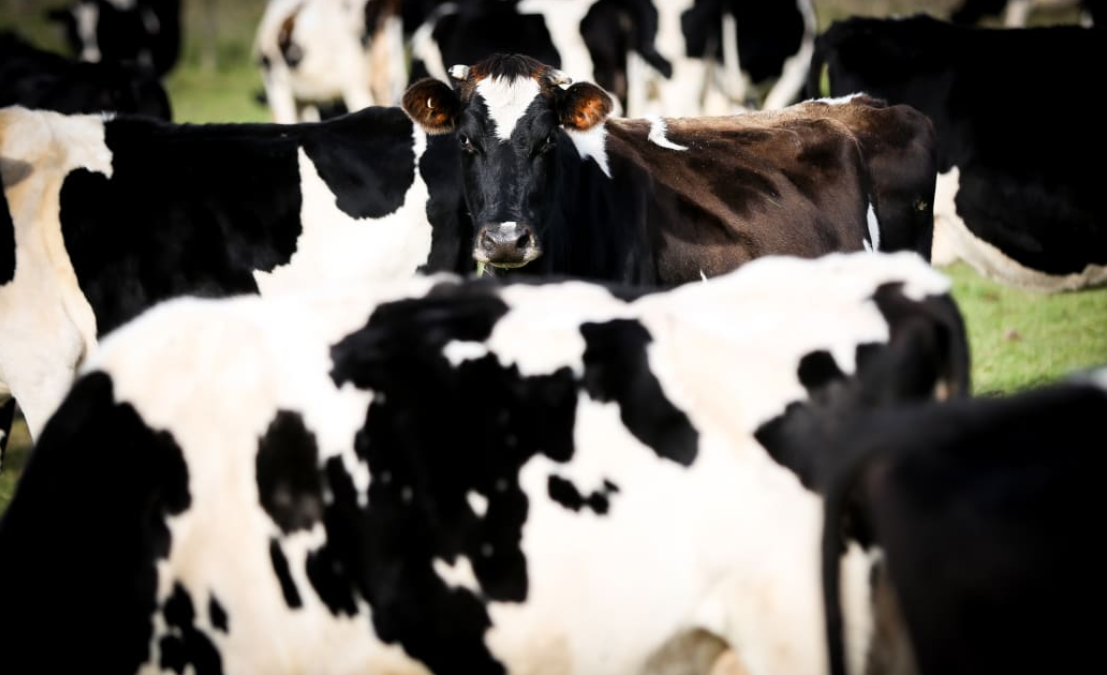
The property is inside an imposed red-zone for properties near the infected ANZCO feedlot in Ashburton, which farms around 10,000 cattle.
The Ministry for Primary Industries (MPI) last week announced it would be culling cattle at the feedlot, and at another eight farms in the high-risk area surrounding it, in a bid to eradicate the disease.
Culling will begin on the feedlot in mid-October and nearby farms must be "depopulated" by mid-January, MPI said.
In May, the Government announced that after working to rid New Zealand of the disease, the feedlot was the only infected property remaining.
But since then another three properties have been confirmed to be infected.
M. bovis programme director Simon Andrew said the latest property was in the high-risk area around the feedlot, the area ringfenced for animals to be culled.
"We are also undertaking testing on another property in the area which is likely to be confirmed infected in the coming weeks.
"At this stage in the programme, after everyone's hard work and the 272 farmers who have had to cull their cattle, we are intensifying our efforts to find any possible infection.
"It's crucial we protect the investment made to date. We have four confirmed properties in Mid-Canterbury at present, the only area in the country with infection. This compares to about 40 nationwide at the height of M. bovis."
Andrew said bulk milk testing had not found anything unexpected in the past few months.
"August 2022 is on track to be the first August since 2018 with no confirmed infection detected via bulk tank milk surveillance."
A controlled area notice (CAN) imposed around the ANZCO feedlot will come into force on 13 October.
"While the area is already under tight controls, and farms with known infection or suspected infection are under movement restriction, the CAN provides an extra layer of protection for farmers outside of the boundary by restricting animal movements out of the area," Andrew said.
"We are intensifying our efforts to get to the tail end of the disease faster, which means farmers can expect to see more testing and more investigation into areas where there is residual risk, such as any possible transmission routes.
"It's also more important than ever that farmers continue to keep accurate NAIT records, as well as details of on-farm activity. Tracing animal movements remains our best tool to quickly track the movements of infected animals, or animals at risk of infection."
The M. bovis bacteria affects cows but has no impact on human health. The disease can also get into the udder and cows can pass it on to calves through their milk.
In calves, it can cause pneumonia and is difficult to treat, while in fully grown animals it can cause mastitis and arthritis.
M. bovis was first found on a farm in South Canterbury in 2017, but was spreading on farms before that.
MPI believed it might have arrived in the country in late 2015 or 2016.



